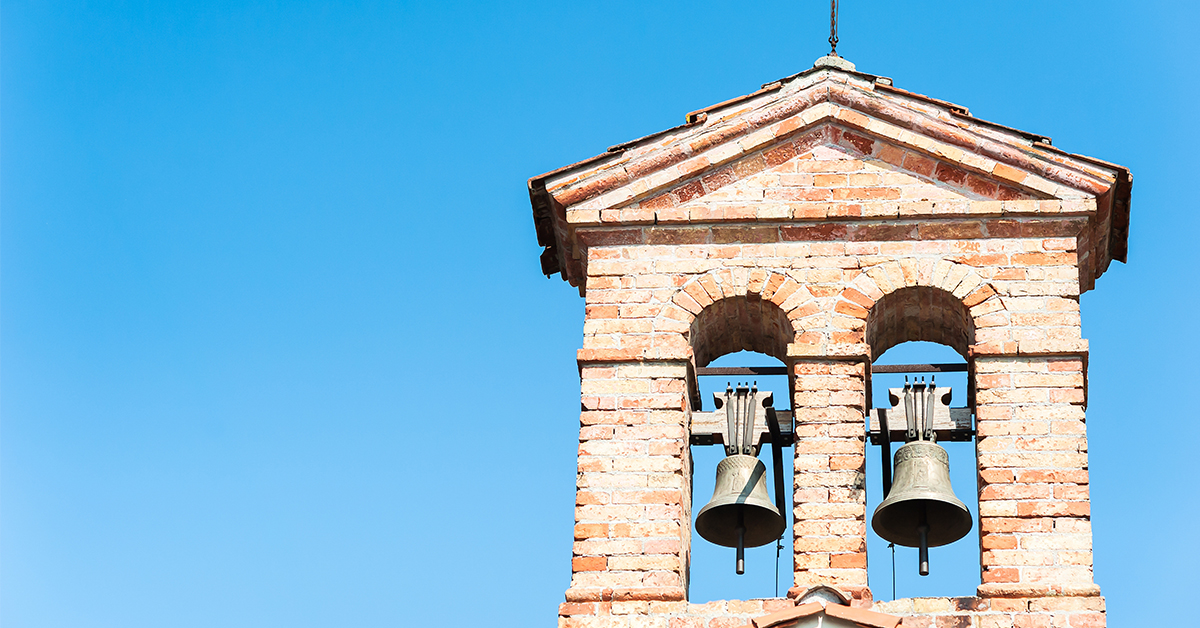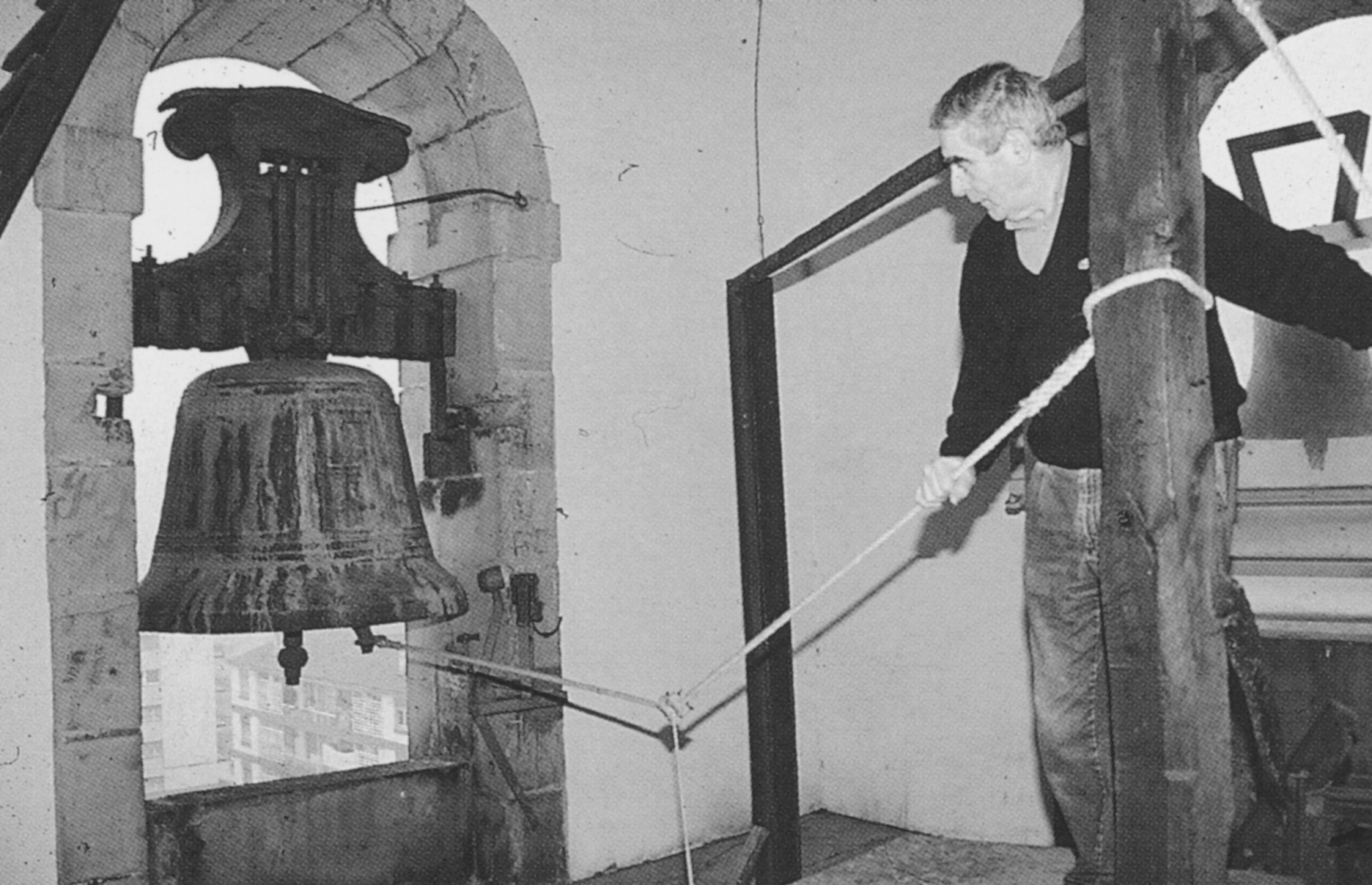Archives
Intangible cultural heritage is in vogue. With this clear statement, we seek to reflect on the evolution that this heritage area has undergone since UNESCO produced the Convention for the Safeguarding of Intangible Cultural Heritage in 2003. It was ratified by Spain in 2005 and subsequently embodied in tools such as the Spanish National Plan for Safeguarding Intangible Cultural Heritage (2011), the Safeguarding the Cultural Heritage Act 10/2015, of 26 May, and the different reforms implemented to include the term and their application in regional legislation.
In recent years, its development has led to the emergence of debates mainly focused on the different management models for the heritage status processes, its consideration in relation to other tangible heritage areas, and the role played by the carrier community, with the latter taken to be the set of key players of the different intangible practices classified according to the areas established by the 2003 Convention.
(more…)
In former days bell ringing guided a farmer’s life. Between earliest sunrise and latest sunset, peals of bells signified the time of day and informed about significant events.
The ringing of church bells at the crack of dawn got the members of the household up and running, particularly those who were to go out to the fields or the woods. At midday bells called for the Angelus prayer. It became customary all over Christian Europe to stop any work and pray on hearing the bell. Let us recall the unforgettable realistic picture by J-F. Millet entitled precisely The Angelus. Until quite recently in the Basque Country, even pelota matches were interrupted on courts at 12 noon to say the Angelus. (more…)




